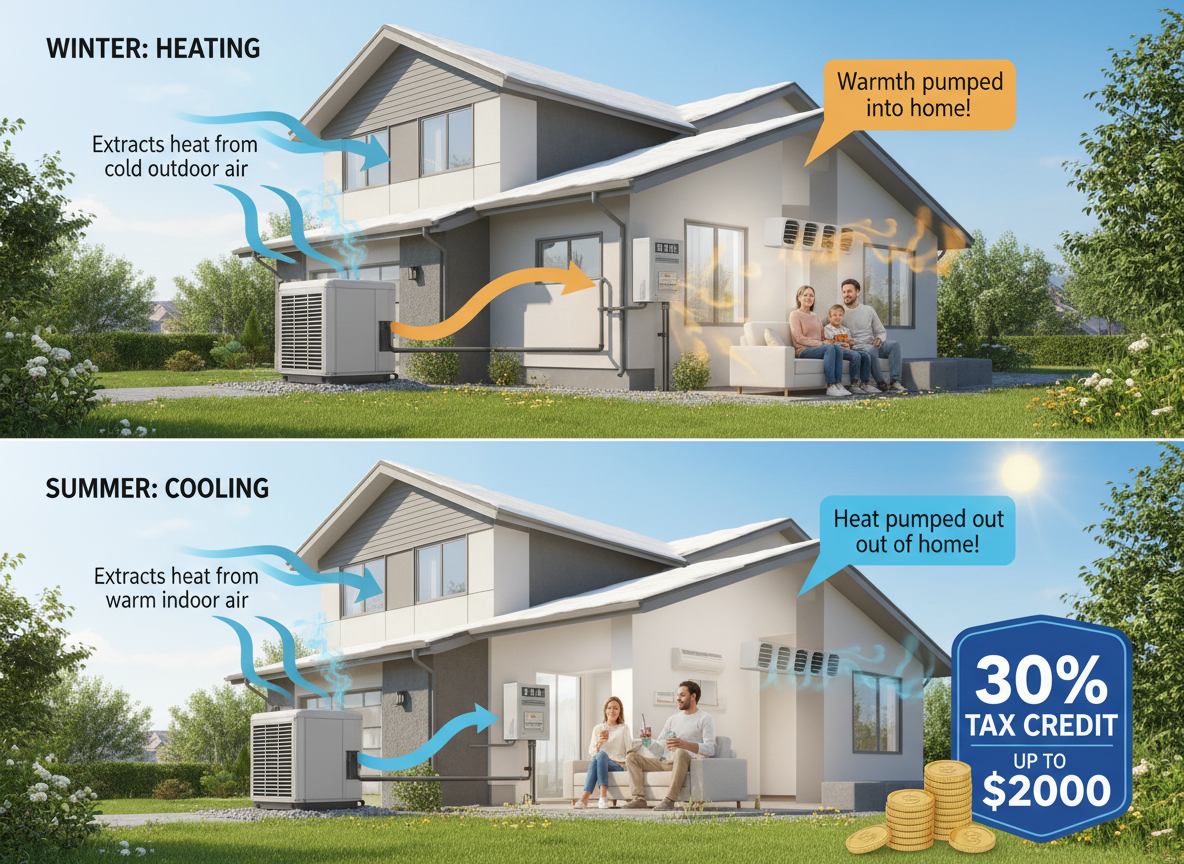
Like outdoor air pollution, indoor air pollution is defined as the degradation of indoor air quality by harmful chemicals and other material. It is the contamination people are exposed to inside their homes, office or in commercial buildings. There are many sources that can be responsible for indoor air pollution, some of which are easily recognizable due to their odor, but there are many that can be odorless. Both outdoor and indoor air pollution are dangerous to the health and safety of those exposed. One sign of poor indoor air quality is an increase in respiratory issues. Indoor air pollution can typically be grouped into four categories pollen/dirt, building supplies, cleaning solutions and smoke/combustion sources. In this article we discuss different sources of indoor air pollution.
Asbestos
Asbestos is one of the leading causes of indoor air pollution. Inhalation of asbestos fibers from material that is disturbed or damaged can cause serious health issues such as lung cancer and mesothelioma. It is often found in insulation fibers, fireproofing products, and flooring materials.
Biological Pollutants Such As Mold
Biological pollutants are living organisms, such as bacteria, viruses, molds, and allergens, that can cause respiratory illnesses or disease. Mold is a form of fungus which grows in damp areas and releases spores and a range of hazardous toxins into the air.
Carbon Monoxide
Carbon monoxide (CO) is a colorless, odorless gas that can cause serious health issues or death. It is produced by burning fossil fuels such as wood, natural gas, coal and oil. In addition to CO, these materials release harmful chemicals into the air when they are burned such as nitrogen oxides, sulfur dioxide, and particulate matter. The smoke from cookstoves and heaters can contain harmful particulate matter and gases that can penetrate deep into the lungs. CO can also build up indoors when these fuels are used for cooking or heating and can reach dangerous levels in enclosed spaces. Prolonged exposure to carbon monoxide can cause headaches, dizziness, nausea, and even death. CO poisoning can be prevented by making sure that all fuel-burning appliances are properly maintained and vented to the outside and by installing CO alarms in your home.
Tobacco Smoke
A major cause of indoor air pollution is environmental tobacco smoke or secondhand smoke. The inhalation of cigarette smoke is especially harmful to children. Tobacco smoke increases the risk of sudden infant death syndrome (SIDS), severe asthma, ear problems, and acute respiratory infections. Cigarette smoke also contains over 70 carcinogens and chemicals that have been proven to cause cancer, COPD and other cardiovascular diseases that can lead to heart attacks or other complications.
Carpet
Carpet traps indoor air pollutants and can easily absorb mold spores, and particulate matter from smoke, allergens and other contaminants. The trapped pollutants can then be easily disturbed even when walking on the carpet.
Pollen, Dirt and Pet Dander
Dust mites, dirt and pollen are considered biological agents that count as indoor air pollution. These pollutants can build up naturally in your home over time. For many who suffer from allergies, these are irritants that can cause symptoms such as coughing, sneezing, and water eyes.
Volatile Organic Compounds (VOCs)
Many day to day products used in the home can cause indoor air pollution. These products may emit volatile organic compounds (VOCs) which may have both short- and long-term health issues including but not limited to headaches, nausea, organ damage and even cancer. Paints, varnishes and wax all contain organic solvents, as do many cleaning, disinfecting, cosmetic, degreasing and hobby products. Fuels are made up of organic chemicals. All of these products can release organic compounds while you are using them, and, to some degree, when they are stored. Sources of VOCs include paint, aerosol sprays, cleaning and disinfectants, air fresheners, pesticides, building materials, personal care products and candles.
Other Factors
Other factors that can contribute to indoor air pollution include poor ventilation, humidity, and building practices. Ensuring proper home ventilation, a proper level of humidity, routine HVAC maintenance, can mitigate many of the issues caused by poor indoor air quality. In between professional visits, you can replace HVAC filters, vacuum, have houseplants, and reduce clutter to improve the quality of air you are breathing in.
Contact LA Construction, Heating and Air
It is important to work with a trusted professional and licensed HVAC company like LA Construction, Heating and Air if you have any concerns about poor indoor air quality. We can help improve the quality of air in your home. Give us a call today or contact us online, we also offer HVAC maintenance, repair and replacement services. We are here to help you.






















.png)














